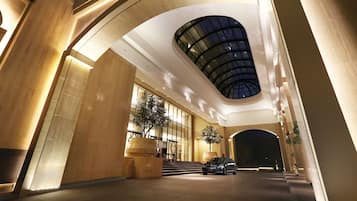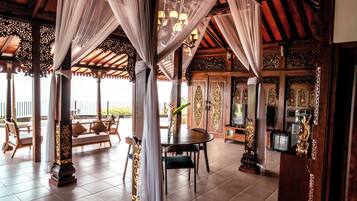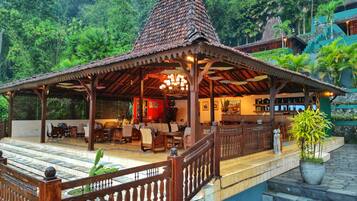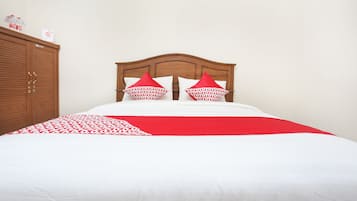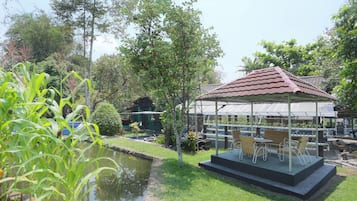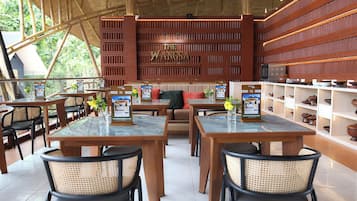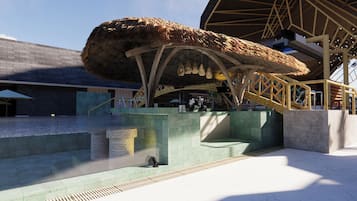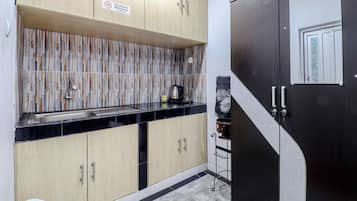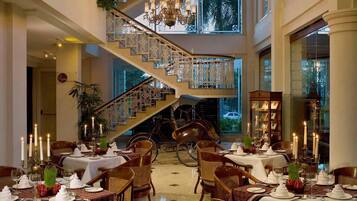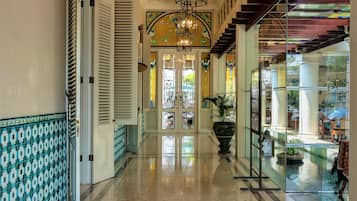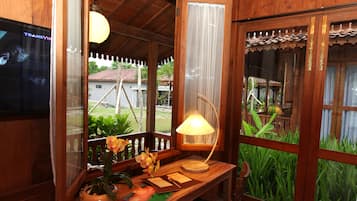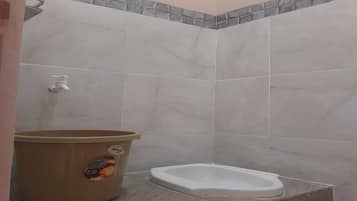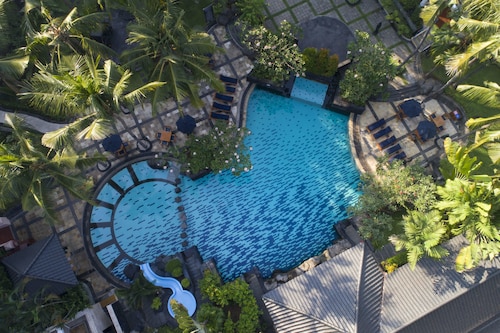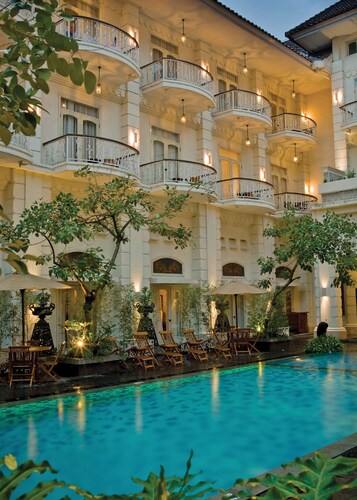Photo de Sharrie Shaw
Hôtels familiaux à Tegalrejo
- Changez d’avisRéservez des hôtels avec annulation gratuite.
- Faites-vous plaisirConnectez-vous pour économiser 10 % ou plus sur des milliers d’hôtels.
- Trouvez votre bonheurFaites votre choix parmi près d’un million d’hébergements dans le monde entier.
Ce soir
Demain
Ce week-end
Le week-end prochain
sélection d'hôtels de la catégorie Hôtels familiaux
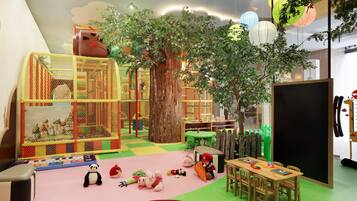
Hotel Tentrem Yogyakarta
Yogyakarta
9.2 sur 10, Merveilleux, (316)
Le nouveau prix est de 123 €
taxes et frais compris
7 déc. - 8 déc.

Villa Borobudur Resort
Borobudur
9.4 sur 10, Exceptionnel, (89)
Le nouveau prix est de 143 €
taxes et frais compris
22 déc. - 23 déc.
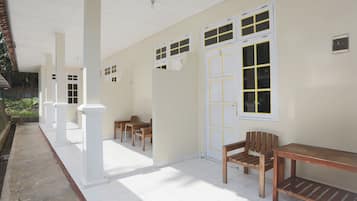
Hotel O Penginapan Kepurun Pawana Indonesia
Cangkringan
10.0 sur 10, Exceptionnel, (1)
Le nouveau prix est de 3 €
taxes et frais compris
2 déc. - 3 déc.
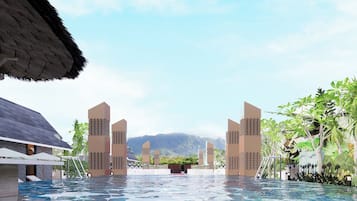
Moritz Hill Borobudur Resorts & Spa
Borobudur
8.0 sur 10, Très bien, (1)
Le nouveau prix est de 64 €
taxes et frais compris
5 déc. - 6 déc.

E Kamar
Centre de Yogyakarta
Le nouveau prix est de 12 €
taxes et frais compris
26 nov. - 27 nov.
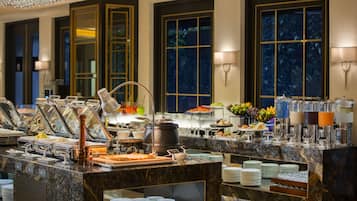
Swiss-Belboutique Yogyakarta
Yogyakarta
9.4 sur 10, Exceptionnel, (308)
Le nouveau prix est de 46 €
taxes et frais compris
10 déc. - 11 déc.

Hotel O Prawirotaman Near Keraton Yogyakarta Formerly Paris Guesthouse
Sewon

The Phoenix Hotel Yogyakarta - Handwritten Collection
Centre de Yogyakarta
9.0 sur 10, Merveilleux, (1001)
Le nouveau prix est de 58 €
taxes et frais compris
29 nov. - 30 nov.
Prix par nuit le plus bas trouvé au cours des 24 dernières heures sur la base d’un séjour d’une nuit pour 2 adultes. Les prix et la disponibilité sont susceptibles de changer. Des conditions supplémentaires peuvent s’appliquer.
Tegalrejo : les avis sur les hôtels les plus prisés

Jambuluwuk Malioboro Hotel Yogyakarta
10/10 Excellent
![Batik (Javanese pronunciation: [ˈbateʔ]; Indonesian: [ˈbatɪk]) is a technique of wax-resist dyeing applied to whole cloth, or cloth made using this technique. Batik is made either by drawing dots and lines of the resist with a spouted tool called a canting (IPA: [ʈ͡ʂantiŋ], also spelled tjanting), or by printing the resist with a copper stamp called a cap (IPA: [ʈ͡ʂap], also spelled tjap). The applied wax resists dyes and therefore allows the artisan to color selectively by soaking the cloth in one color, removing the wax with boiling water, and repeating if multiple colors are desired.
A tradition of making batik is found in various countries, including Nigeria, China, India, Malaysia, Philippines and Sri Lanka; the batik of Indonesia, however, is the most well-known. Indonesian batik made in the island of Java has a long history of acculturation, with diverse patterns influenced by a variety of cultures, and is the most developed in terms of pattern, technique, and the quality of workmanship. On October 2009, UNESCO designated Indonesian batik as a Masterpiece of Oral and Intangible Heritage of Humanity.
Source: Wikipedia
These batik clothes are sold at one of the high end hotel's gift shop in Yogyakarta. They are hand drawn and painted and hence command a high price! It ranges over US$200 although some cheap batik at the market can be found for a mere US$2. The difference lies in the quality, the design and also the amount of skill that's needed to make them.
Common batik wear are made from cotton. The ones shown here are silk and limited in quantity produced.
Yogyakarta and Surakata (Solo) are two cities where batik originated in Indonesia.
#unesco](https://images.trvl-media.com/place/1718/09cd56ac-2be9-4518-ac77-e217d037b46b.jpg?impolicy=fcrop&w=1200&h=500&q=medium)

